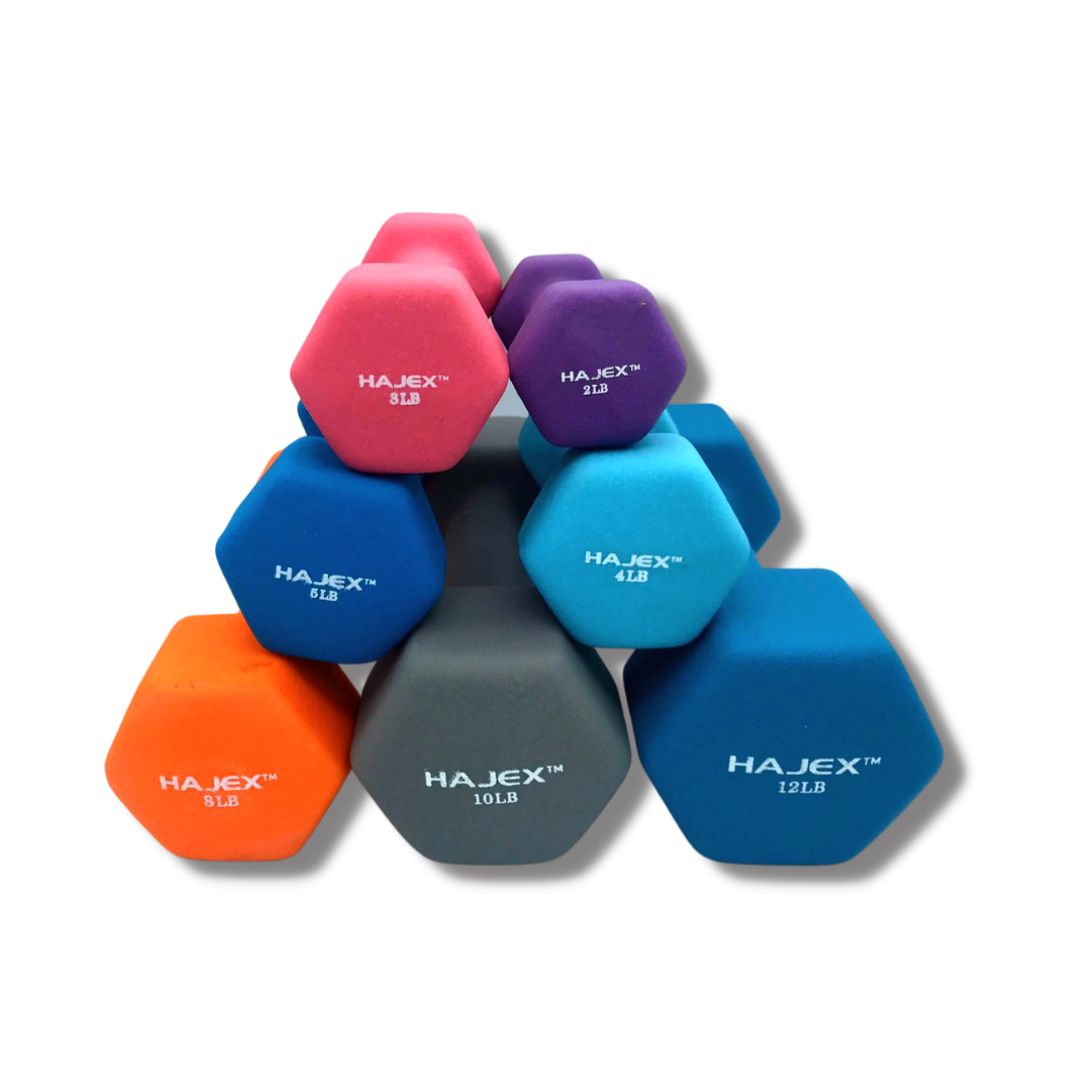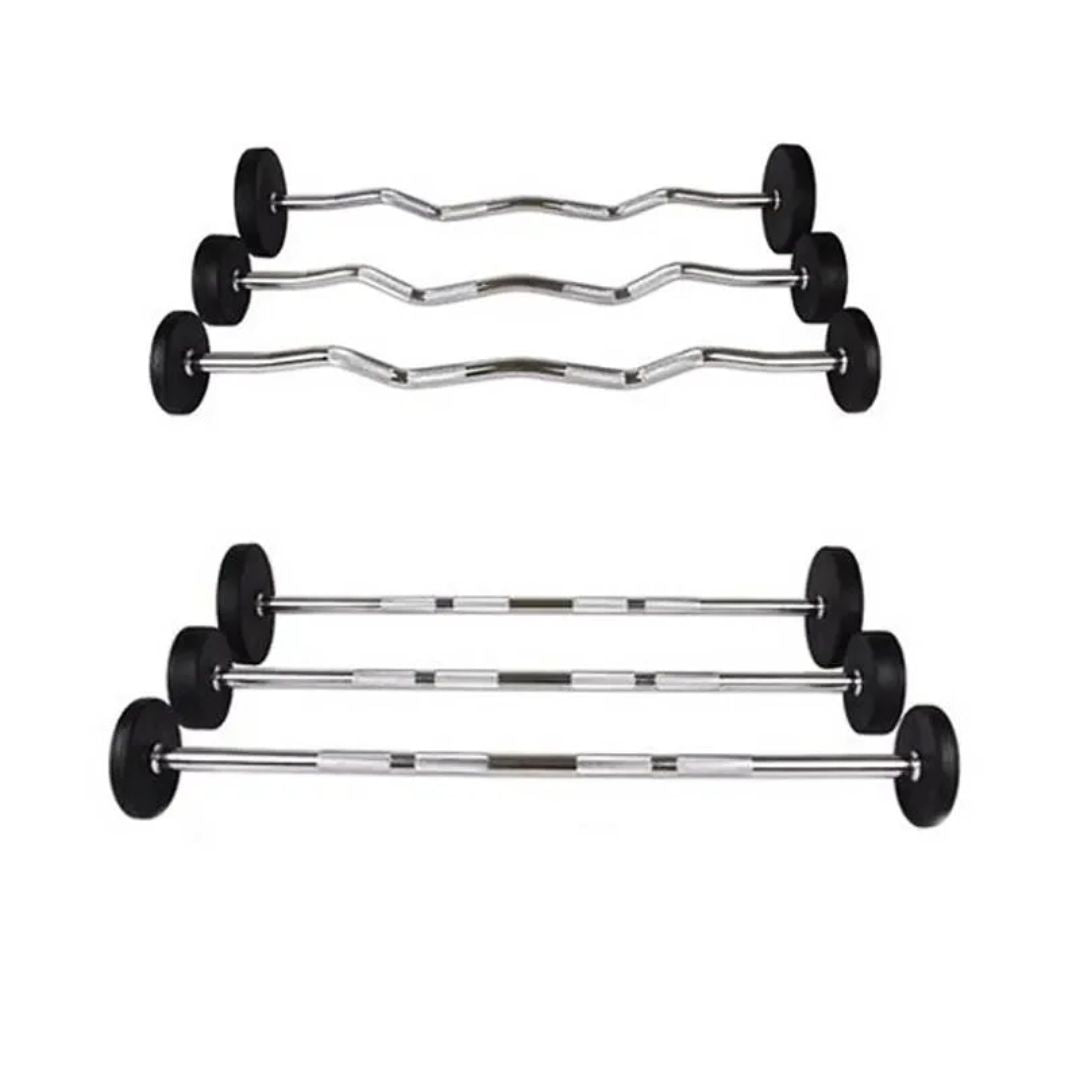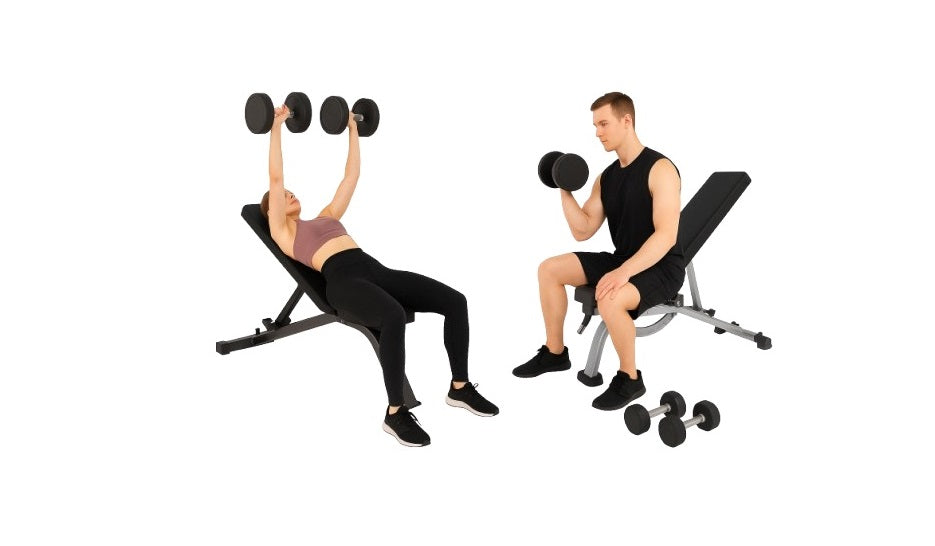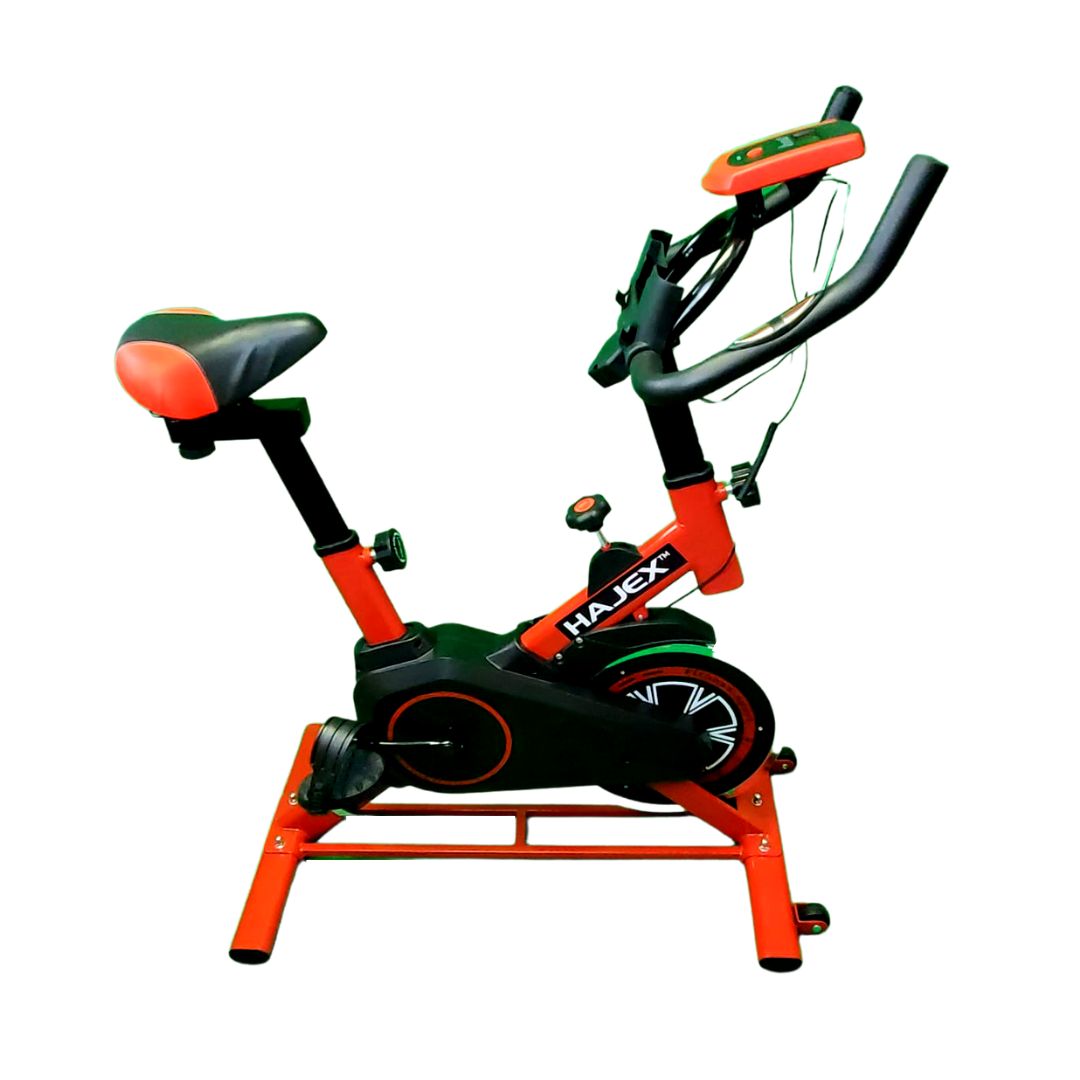Empowering Workouts: Tips for Staying Active with Disabilities
In an increasingly inclusive world, the concept of being active with disabilities is gaining well-deserved recognition. Physical or cognitive challenges should never be a deterrent to living a fulfilling and active life. This article delves into the importance of staying active, disabled workout, the benefits it offers, and practical ways to overcome barriers for individuals with disabilities.

The Importance of Staying Active and Fit
Staying active, irrespective of one's abilities, is paramount for overall well-being. For those with disabilities, regular physical activity brings about numerous advantages, including:
- Improved Physical Health: Engaging in regular physical activity helps in maintaining healthy body weight, improving cardiovascular health, and enhancing muscular strength.
- Mental Well-Being: Exercise has been shown to alleviate symptoms of depression, anxiety, and stress. It releases endorphins, which can enhance mood and overall mental health.
- Enhanced Independence: Being active can help individuals with disabilities improve their mobility, increasing their ability to perform daily tasks independently.
- Social Engagement: Participating in physical activities fosters social interaction and can help in building a sense of community and belonging.
Inclusive Workouts: Breaking Barriers with Disabilities
Inclusive workouts are a powerful means of breaking down barriers for individuals with disabilities. These fitness routines are designed to cater to a wide range of abilities, ensuring that everyone can participate and benefit from physical activity. By embracing adaptive full body workout equipment, tailored exercises, and supportive environments, inclusive workouts empower individuals to build strength, improve mobility, and enhance their overall well-being. Inclusive workouts are a testament to the idea that fitness knows no boundaries, and through them, individuals with disabilities can experience the joy of an active and fulfilling life

Overcoming Barriers to Being Active
While recognizing the importance of staying active with disabilities or disabled and workout, it's equally important to address and overcome the barriers that may be encountered. Some common obstacles include:
- Accessibility: Ensuring that exercise spaces and equipment are accessible is essential. This includes ramps, accessible restrooms, and adaptive exercise equipment.
- Attitudinal Barriers: Changing misconceptions and attitudes towards individuals with disabilities is crucial. Educating others about the abilities of people with disabilities can help in creating a more inclusive environment.
- Financial Constraints: For some, the cost of adaptive equipment and specialized programs can be a barrier. However, many community programs and organizations offer affordable or free options.
- Lack of Information: It's important to provide information and resources to individuals with disabilities on suitable activities, programs, and adaptive techniques.

Practical Tips for Staying Active
- Consult with a Professional: It's advisable to consult a healthcare professional or physical therapist to determine the most suitable activities and exercise routines.
- Adaptive Equipment: Depending on the disability, specialized equipment may be necessary. This can include wheelchairs designed for sports, adaptive bikes, or assistive devices.
- Community Programs: Many communities offer inclusive sports and recreational programs. These provide an opportunity to socialize and engage in physical activities with proper support.
- Home-Based Workouts: For those who prefer a more private setting, home-based workouts can be tailored to individual needs. Online resources and trainers are available to guide and assist.
- Set Realistic Goals: Setting achievable goals and tracking progress is essential. This can help maintain motivation and ensure a sense of accomplishment.

Conclusion
Being active with disabilities is not only achievable but highly beneficial. By emphasizing the importance of physical activity, addressing barriers, and providing practical solutions, we can create a world that is truly inclusive. Everyone, regardless of their abilities, should have the opportunity to lead an active and fulfilling life.
 WEIGHT PLATES
WEIGHT PLATES
 Cast Iron Olympic Plates
Cast Iron Olympic Plates
 Olympic Rubber Weight Plates
Olympic Rubber Weight Plates
 PVC Weight Plates
PVC Weight Plates
 DUMBBELLS
DUMBBELLS
 Rubber Hex Dumbbells
Rubber Hex Dumbbells
 Cast Iron Adjustable Dumbbells
Cast Iron Adjustable Dumbbells
 Round Head Dumbbells
Round Head Dumbbells
 Neoprene Dumbbells
Neoprene Dumbbells
 BENCHES
BENCHES
 CARDIO
CARDIO
 BARBELL BARS
BARBELL BARS
 Home Gym Deals
Home Gym Deals
 Olympic Bumper Plates
Olympic Bumper Plates
 Tri Grip Plates
Tri Grip Plates
 Weight Plates Combo
Weight Plates Combo
 Olympic Steel Hub Bumper Plates
Olympic Steel Hub Bumper Plates
 PVC Dumbbells
PVC Dumbbells
 NUO Style Adjustable Dumbbells
NUO Style Adjustable Dumbbells
 Olympic Barbells 2"
Olympic Barbells 2"
 Standard Barbells 1"
Standard Barbells 1"
 Fixed Weight Bars
Fixed Weight Bars
 Benches with Pulley & Rack
Benches with Pulley & Rack
 CARDIO
CARDIO
 Foldable Walking Pads
Foldable Walking Pads
 Exercise Bikes
Exercise Bikes
 RACKS, CAGES & SMITHS
RACKS, CAGES & SMITHS
 Smith Machines
Smith Machines
 Power Racks
Power Racks
 Squat Racks
Squat Racks
 STORAGE RACKS
STORAGE RACKS
 Dumbbell & Kettlebell Racks
Dumbbell & Kettlebell Racks
 Mini Dumbbell Racks
Mini Dumbbell Racks
 Adjusatble Dumbbell Stands
Adjusatble Dumbbell Stands
 MORE
MORE
 Kettlebells
Kettlebells
 Adjustable Kettlebells - Single & Pair
Adjustable Kettlebells - Single & Pair
 Floor Mats
Floor Mats
 Yoga
Yoga
 Push Up
Push Up
 Resistance Bands
Resistance Bands
 Barbell Pads
Barbell Pads
 Dumbbell Handles
Dumbbell Handles
 Jump Ropes
Jump Ropes












































